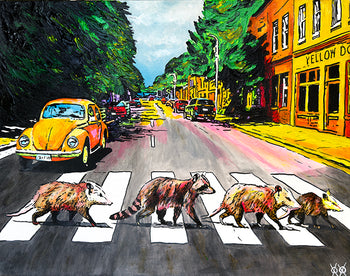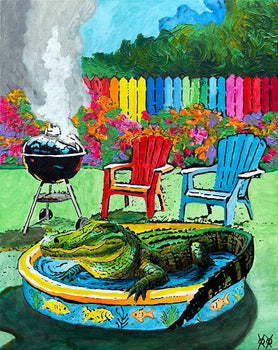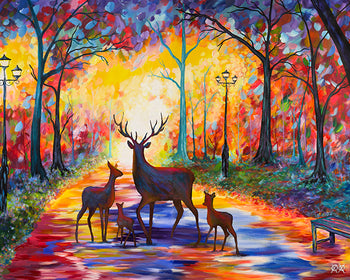
Museum Consulting & Gallery Inclusion
There is a great movement with museums to be more inclusive using multi-modal and multi-sensory techniques; many of which John helped to create.
• Include one of the largest segments of our population, people with disabilities, which comprises over 20% of the overall population.
• Using all of one’s senses to access art creates unique experiences that everyone enjoys regardless of abilities.
• John shows museum staff how to tear down the sterile walls museums have created while still maintaining the policies necessary to protect the artwork.

Docent Training
One of John’s favorite activities is to participate in the training of docents.
• John’s training includes talks on how to best lead groups that may include people with disabilities, people first language and ways to communicate with people with disabilities
• Proper sightless guide training, so that a docent can easily help to lead someone with a visual impairment on a tour.
•The technology that is available for people with disabilities, as well as ways for docents to help people with disabilities to use it to help people with disabilities to access the art.
• Strategies for helping to lead groups that may include people that are dealing with autism, alzheimers, hearing impairments, and PTSD to name a few.
A common concern of creating an inclusive program is the expense. This is a far less complicated task than people expect, and with a modest investment it can make a great difference to a museums bottom line. Consumers want a more vibrant experience and are becoming more selective where they spend their money. With small additions to programing, art museums and galleries can enhance a consumers experience and help them better connect with the art making them a life-long patron.




